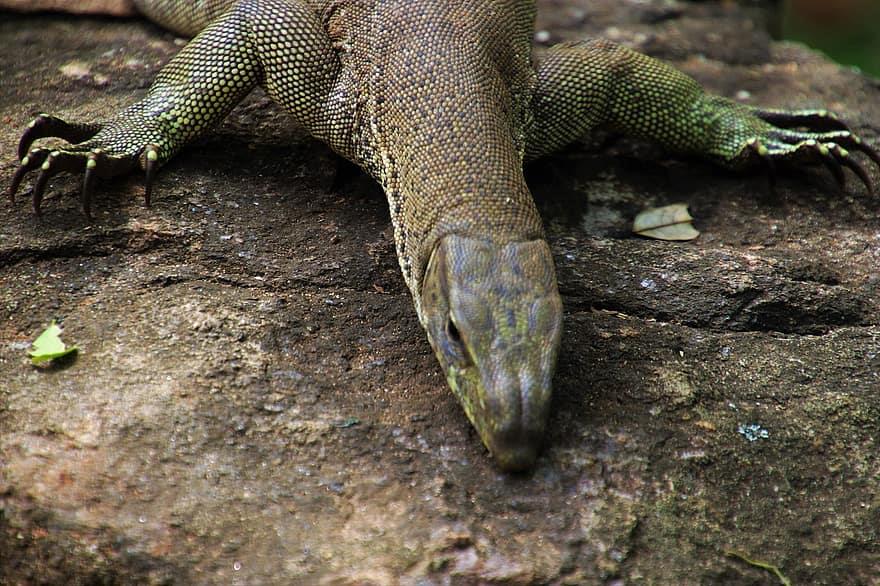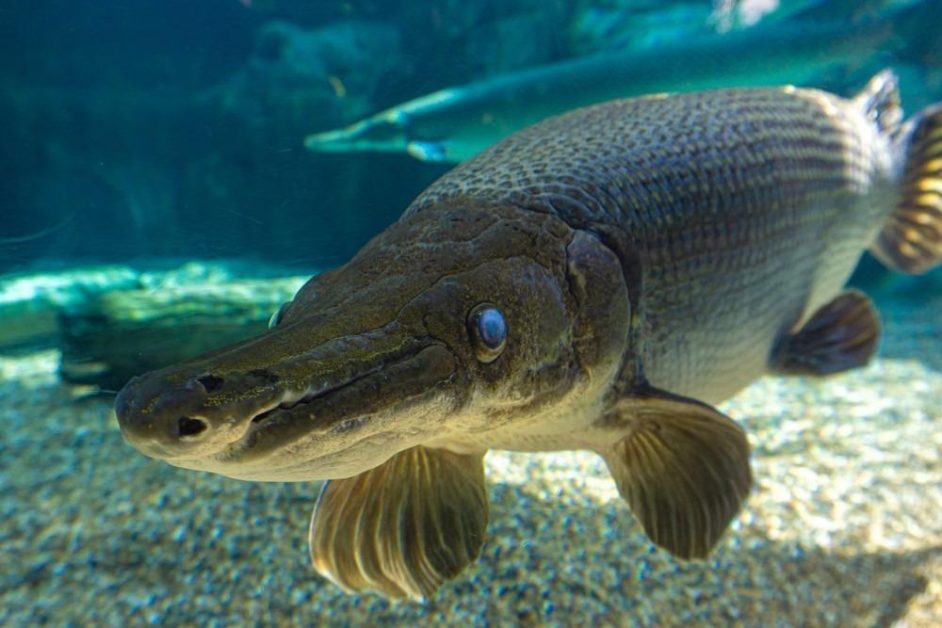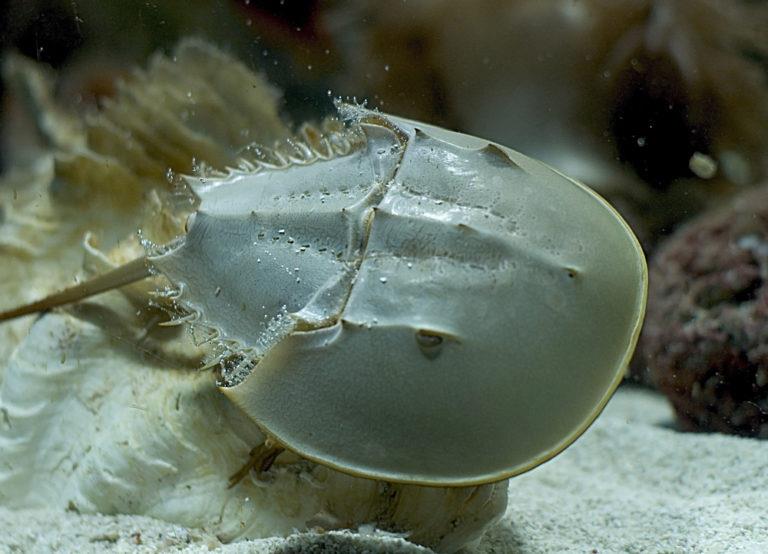Red color provokes strong feedback around the world, is the most commonly used color in national flags, can be a great confidence booster, and researchers found that wearing red clothing makes people feel more attractive.
We all also know that blood is always red, either for humans or most animals, and this color is produced by hemoglobin, a protein that helps our blood to distribute oxygen, and hemoglobin comprises iron atoms, so it gives the scarlet red color.
#1 Tropical reptiles and lizards – green-colored blood

New Guinea is home to multiple types of lizards from the green-blooded skink family, so their tongues, muscles and bones all appear in different shades of green.
Like humans, reptiles possess red blood cells rich in hemoglobin, but they do not last forever, and when they degrade, a green-dyed product called biliverdin is manufactured, with most vertebrates filtering these compounds out of circulation.
#2 Ice alligator fish – transparent blood

Ice crocodile fish are named for their long toothed nose, living in ocean waters around Antarctica in conditions that will kill most other vertebrates at a water temperature below the freezing of freshwater.
In cold water, blood with a high percentage of these cells can become thick and difficult to trade when the temperature is very low, which is why fish living in cold waters have less red blood cells than their counterparts in warm water, which makes their blood transparent.
#3 Octopus – blue blood

Hemoglobin is a key component in the circulation systems of almost all vertebrate animals, however, many vulnerable organisms use an alternative protein called “hemocyanin.”
Both can bound and transporting oxygen, but hemocyanin contains copper, not iron, and as a result, what turns blood color into blue instead of red.
The list of invertebrates that rely on hemocyanin instead of hemoglobin, such as crustaceans, spiders, scorpions, multi-arm octopuses.
#4 Horseshoe crab – blue blood

Horseshoe crab does not contain white blood cells, making it vulnerable too many types of harmful bacteria and viruses in the ocean, but it contains mobile cells within its blood called amoebic cells, when one of these finds bacteria, it secrets a clotting gel that envelops the intruder, this substance known to scientists as collagen, prevents the spread of unwanted bacteria.
It uses a hemoglobin substitute protein, also called hemocyanin, which helps to turn blood color into blue instead of red.
